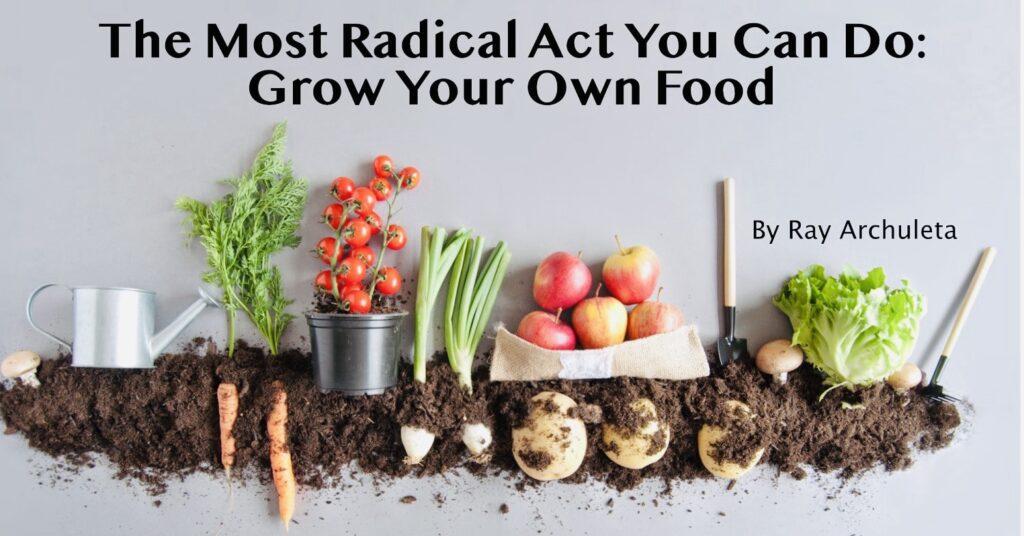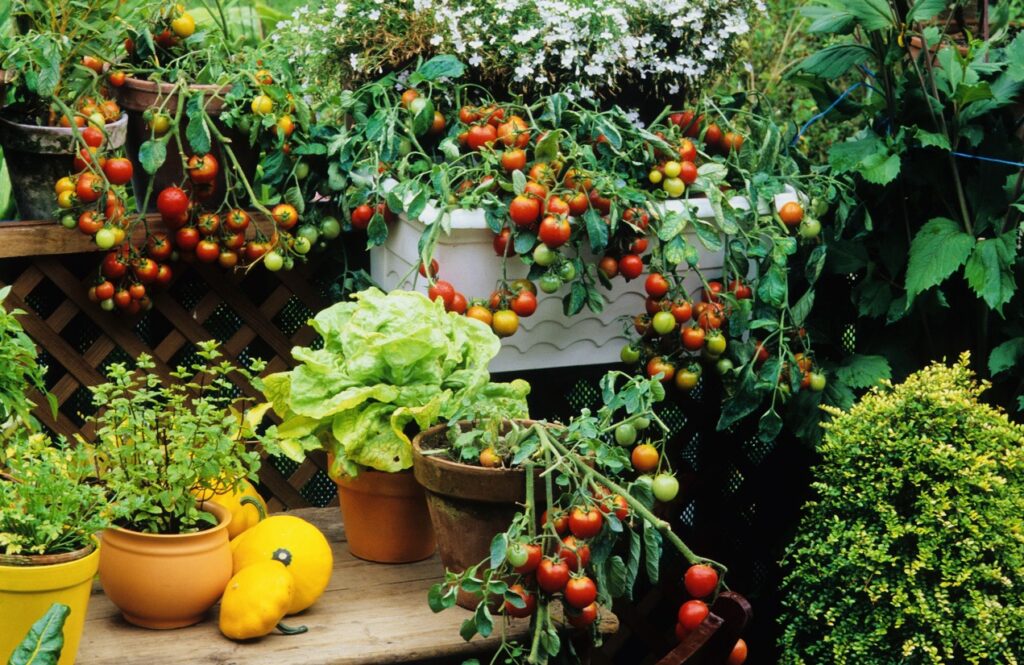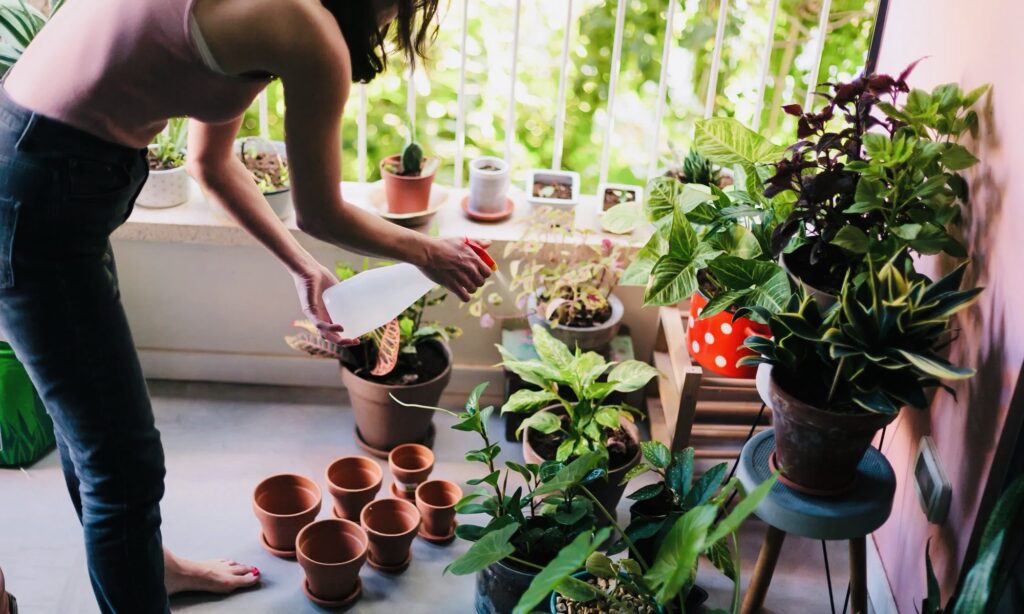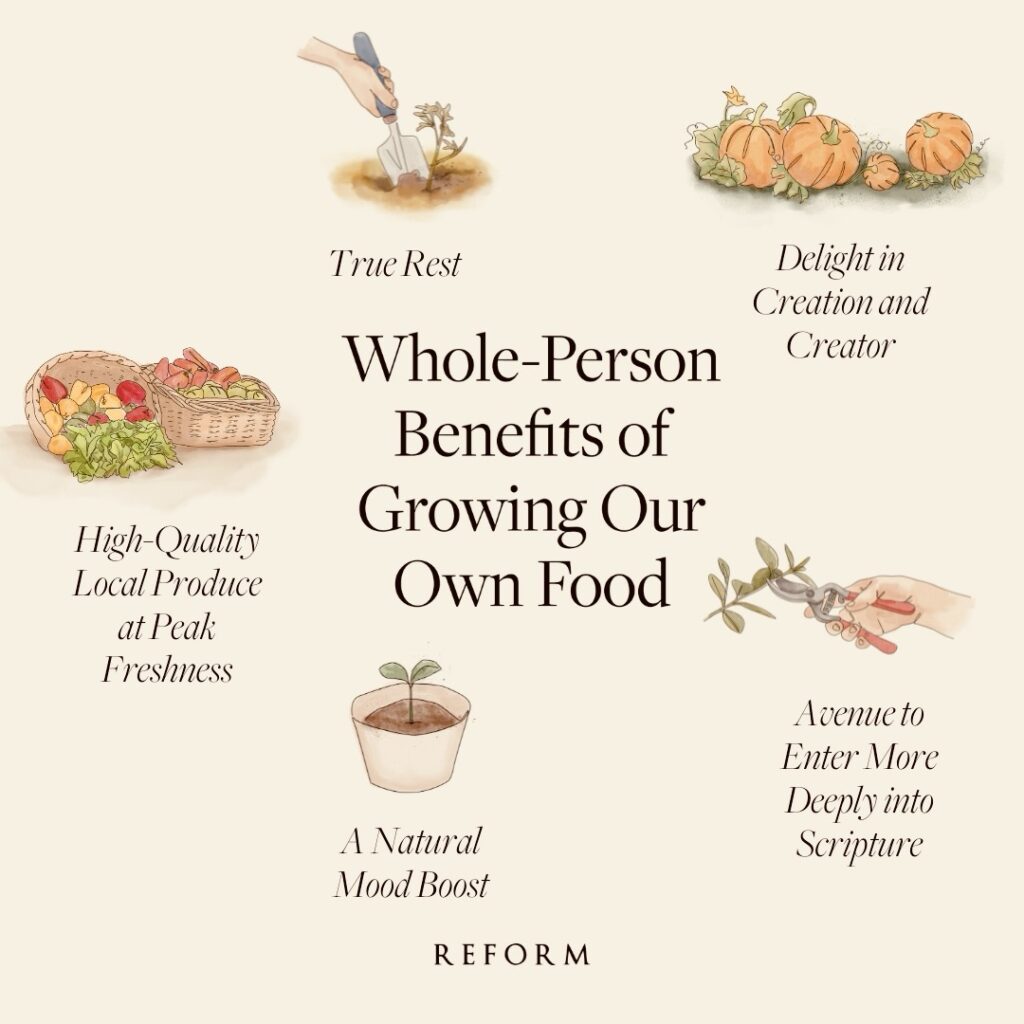How to Grow Your Own Food: A Beginner’s Guide to Sustainable Gardening
In today’s world, where sustainability and self-sufficiency are becoming increasingly important, growing your own food is a rewarding endeavor. Not only does it provide fresh, organic produce, but it also reduces your carbon footprint and grocery bills. Whether you have a sprawling backyard or a small balcony, this guide will walk you through the essentials of starting your own food garden.
Understanding the Importance of Growing Your Own Food
Before diving into the practical steps, it’s crucial to understand why growing your own food matters:
- Health Benefits: Homegrown produce is free from harmful pesticides and chemicals, ensuring you consume healthier food.
- Environmental Impact: Reducing reliance on store-bought produce cuts down on transportation emissions and packaging waste.
- Cost Savings: Over time, growing your own food can lead to significant savings on grocery bills.
- Educational Value: Gardening teaches patience, responsibility, and an understanding of nature’s cycles.

Step-by-Step Guide to Starting Your Food Garden
1. Assess Your Space
Determine the amount of space you have available. Whether it’s a backyard, balcony, or windowsill, there’s a gardening method suitable for every space.
2. Choose the Right Plants
Start with easy-to-grow vegetables and herbs like:
- Lettuce
- Tomatoes
- Basil
- Carrots
- Radishes
Consider your climate, available sunlight, and personal preferences when selecting plants.
3. Prepare the Soil
Healthy soil is the foundation of a successful garden. Ensure your soil is rich in nutrients by adding compost or organic matter. Test the pH level and adjust as necessary to suit your chosen plants.
4. Planting
Follow the planting instructions specific to each plant regarding depth, spacing, and timing. Some seeds can be sown directly into the soil, while others may require starting indoors.
5. Watering and Maintenance
Regular watering is essential, especially during dry periods. Be cautious not to overwater, as this can lead to root rot. Additionally, keep an eye out for pests and diseases, addressing them promptly with organic solutions.

Best Practices for a Thriving Garden
- Companion Planting: Some plants grow better together. For example, planting basil near tomatoes can enhance flavor and deter pests.
- Crop Rotation: Changing the location of plant families each season prevents soil depletion and reduces disease risk.
- Mulching: Applying mulch helps retain soil moisture, suppress weeds, and regulate soil temperature.
- Regular Harvesting: Picking produce promptly encourages plants to produce more and prevents overripening.
Common Mistakes to Avoid
- Overcrowding Plants: Ensure adequate spacing to allow air circulation and prevent disease.
- Ignoring Soil Health: Regularly amend soil with compost and monitor nutrient levels.
- Neglecting Pest Control: Early detection and organic interventions can save your crops.
- Overwatering: Too much water can be as harmful as too little. Check soil moisture before watering.

Expert Insights
According to Gardening Know How, starting with a few favorite crops and gradually expanding is key to a successful self-sustaining garden. They recommend choosing a sunny location and focusing on crops like lettuce or potatoes in the first year.
Additionally, The Spruce emphasizes the importance of selecting the right containers and soil for those with limited space, ensuring that even apartment dwellers can enjoy homegrown produce.
Conclusion
Embarking on the journey of growing your own food is both fulfilling and beneficial. By understanding the basics, avoiding common pitfalls, and implementing best practices, you can cultivate a thriving garden that provides fresh, organic produce year-round. Start small, stay consistent, and enjoy the fruits (and vegetables) of your labor.
Have you started your own food garden? Share your experiences and tips in the comments below!

FAQs
1. What are the easiest vegetables to grow for beginners?
Some beginner-friendly vegetables include lettuce, radishes, green beans, and zucchini. These plants are relatively low-maintenance and have quick harvest times.
2. How much sunlight do vegetable plants need?
Most vegetable plants require at least 6-8 hours of direct sunlight daily. However, some leafy greens can tolerate partial shade.
3. Can I grow vegetables in containers?
Absolutely! Many vegetables, including tomatoes, peppers, and herbs, thrive in containers. Ensure the pots have proper drainage and are large enough for the plant’s root system.
4. How do I prevent pests in my garden?
Regularly inspect plants for signs of pests. Use natural deterrents like neem oil or introduce beneficial insects like ladybugs. Maintaining healthy soil and proper spacing also helps prevent infestations.
5. When is the best time to start planting?
Planting times vary based on your local climate and the specific crops. Generally, spring is ideal for most vegetables, but always refer to seed packets or local gardening guides for precise timing.
